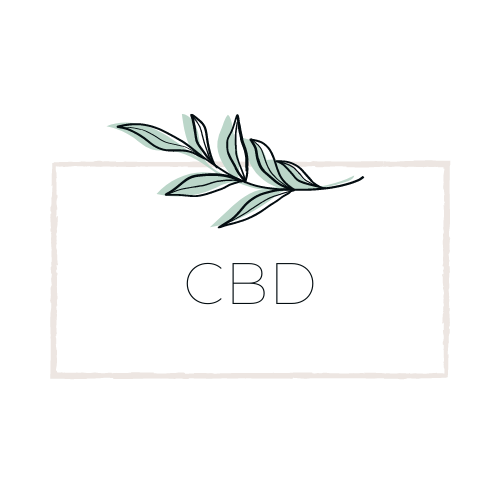Cultivating kindness, compassion, acceptance, & joy through cannabis-enhanced yoga.

Are you interested in hosting a private yoga workshop? Namaste Indica Garden is happy to offer custom yoga workshops tailor-made for your event, venue, & audience. Whether it’s indoors at the brewery or outdoors in the garden, we are happy to customize a class to your specific focus areas & ability level.
Cannabis is currently known to have over 113 cannabinoids, the chemical compounds secreted by the plant that may provide relief to an arrange of symptoms from nausea & headaches to anxiety & pain relief. Together, cannabinoids & terpenes will primarily determine the effects of any given strain.
Some cannabinoids, like CBD, can be extracted from the hemp and/or cannabis plant to create products with little to no THC (tetrahydrocannabinol), the cannabinoid most responsible for that “stoned” feeling. As it relates to the language on this site, I refer to intoxicating plants (that include greater than 0.3% of the compound THC) as “marijuana”. “Cannabis” refers to the entire cannabis plant species, including those with & without psychoactive traits. In this sense, all of marijuana is said to be a type of cannabis, but not all cannabis is a type of marijuana.
Hemp is the Cannabis sativa L. plant. In the United States, industrial hemp plants sold into the marketplace are regulated to not exceed 0.3% Tetrahydrocannabinol (THC), per weight of a dry plant. If it contains more than 0.3%, the plant is considered marijuana & regulated for “adult use”. However, the chemical compounds of the cannabinoids produced by the plants are identical no matter how the plant is regulated.
Our endocannabinoid system (ECS), is a major signaling system in our bodies responsible for regulating & maintaining homeostasis in our bodies with regards to a vast array of functions including sleep, mood, pain, memory, appetite, & reproduction. Our endocannabinoid system has receptors throughout our brain (mostly CB-1 receptors) & body (mostly CB-2 receptors). Different cannabinoids will react differently depending on which receptors they bind to which can influence the overall experience of the cannabis.
The cannabis industry has a naming convention issue. What were once relatively clear lines between plant subspecies has been bastardized through generations of hybridization. It’s no longer realistic to define any given strain as strictly Indica or Sativa, or hardly expectable that the Blue Dream you had in Colorado is the same Blue Dream to be enjoyed in California. This is why it’s so important to be aware of what to look for in our bud as the physical structure of the plant can be a key indicator of what we might expect out of the associated experience.
Cannabis plants exist on the broad-leaf to narrow-leaf spectrum & everywhere in between. What is important to remember is that everyone responds to different strains, well, differently. Our response may be influenced by our tolerance level or the type of product, the consumption method, & even our environment or mood.

CBD, short for cannabidiol, is commonly extracted from hemp & cannabis plants to create topicals, edibles, & many other products that may help manage pain, stress, & anxiety.

CBN, short for cannabinol, is a byproduct created when THC breaks down from exposure to oxygen or heat. CBN may stimulate appetite, improve sleep, & promote relaxation.

CBG, short for cannabigerol, is the biosynthetic precursor to other cannabinoids such as THC, CBD, & CBC. CBG offers many therapeutic properties including antifungal, antibacterial, & pain & inflammation relief.